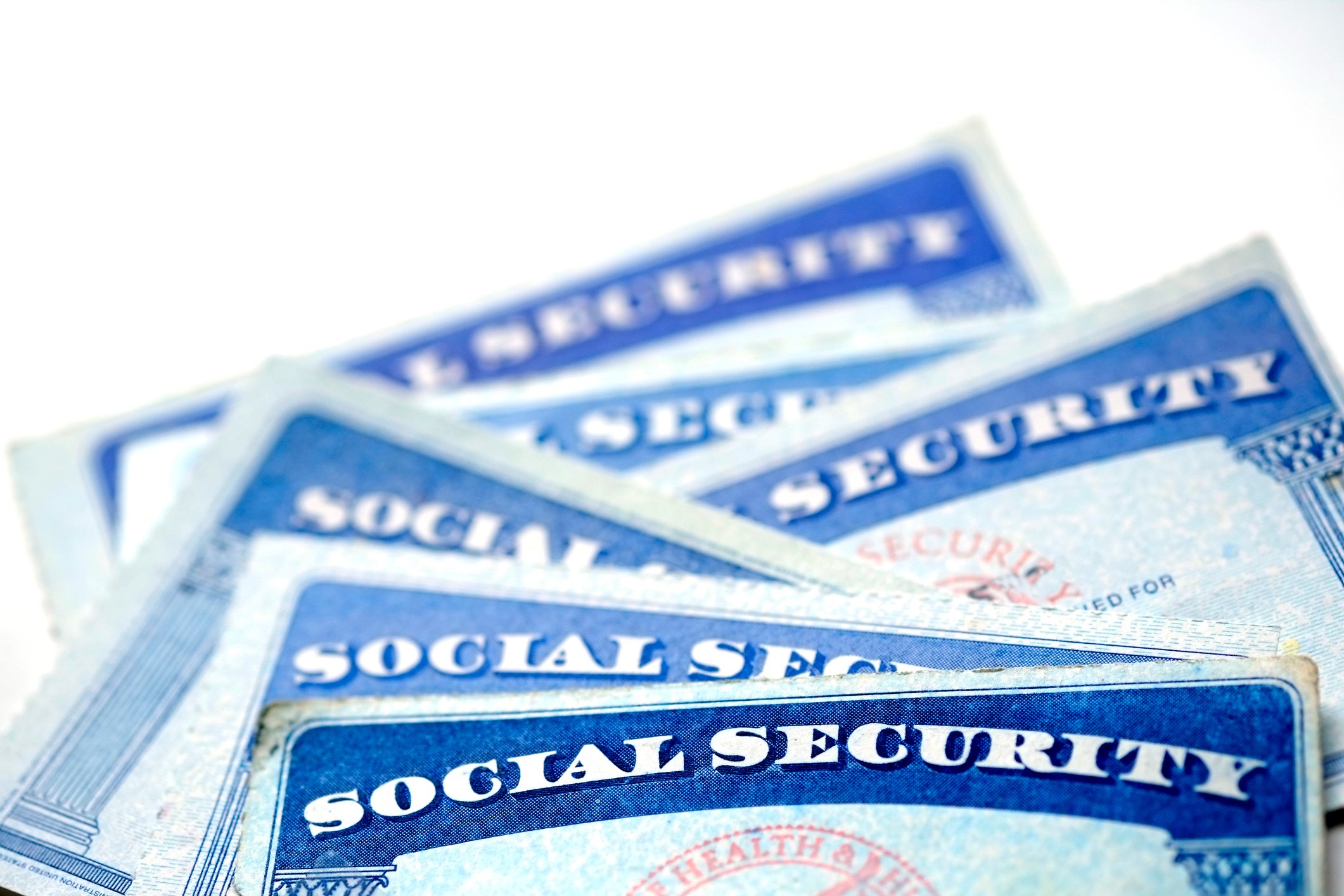Your Social Security benefits are calculated based on a bunch of different factors. Some vary depending on your circumstances -- such as how much you earn -- and others are simply fixed. You may know, for example, that the earlier you start collecting benefits, the smaller the checks will be, and that you can make your checks larger by delaying when you start to collect.
Here's a closer look at one of the most important Social Security charts that you need to see -- showing how much bigger or smaller those checks will be, depending on the age at which you start collecting -- followed by some other ways that you can make your checks bigger.

Image source: Getty Images.
Know your full retirement age
Before we get to that important Social Security chart, you'll need to know your full retirement age. That's actually another chart:
|
Birth Year |
Full Retirement Age |
|---|---|
|
1937 or earlier |
65 |
|
1938 |
65 and 2 months |
|
1939 |
65 and 4 months |
|
1940 |
65 and 6 months |
|
1941 |
65 and 8 months |
|
1942 |
65 and 10 months |
|
1943-1954 |
66 |
|
1955 |
66 and 2 months |
|
1956 |
66 and 4 months |
|
1957 |
66 and 6 months |
|
1958 |
66 and 8 months |
|
1959 |
66 and 10 months |
|
1960 and later |
67 |
Data source: Social Security Administration.
If you're surprised that the full retirement age isn't just 65 for everyone, know that it was once 65 for all, but it has been increased for many of us, in order to strengthen the program in light of the fact that Americans are generally living longer now.
No matter when your full retirement age is, you can claim and start collecting your benefits as early as age 62 and as late as age 70. For every year beyond your full retirement age that you delay starting to receive benefits, you'll increase their value by about 8% -- until age 70. So delaying from age 67 to 70 can leave you with checks about 24% fatter. If your full retirement age is 67 and you start collecting benefits at age 62, they will be about 30% smaller.
The most important Social Security chart
Without further ado, the table below shows the approximate percentage of your full benefits that you'll get if you start collecting at various ages. It offers you a rough idea of the effect of waiting to start collecting your benefits or of starting early.
|
Start Collecting at: |
Full Retirement Age of 66 |
Full Retirement Age of 67 |
|---|---|---|
|
62 |
75% |
70% |
|
63 |
80% |
75% |
|
64 |
86.7% |
80% |
|
65 |
93.3% |
86.7% |
|
66 |
100% |
93.3% |
|
67 |
108% |
100% |
|
68 |
116% |
108% |
|
69 |
124% |
116% |
|
70 |
132% |
124% |
Data source: Social Security Administration.

Image source: Getty Images.
How you can make your checks bigger
Since it does make sense for most of us to start collecting early, don't think that that will shortchange you. For one thing, the system is designed so that if you live an average-length life, you'll collect the same total benefits no matter when you start collecting them. After all, if you start early your checks will be smaller, but you'll receive many more of them.
Here are some ways to increase your Social Security benefits:
- Earn more. The formula that the Social Security Administration (SSA) uses to compute your benefits takes your 35 highest-earning years (adjusted for inflation), so you can increase your benefits by beefing up your earnings. You may have 35 years of earnings already, but if you're earning $80,000 now and some of your early years feature incomes of, say, $20,000, you can increase your ultimate benefits by working a little longer so that a few high-income years can be included in the calculations, replacing some low-income years.
- Work for at least 35 years. Since the formula is based on 35 years of earnings, aim to work for 35 years. If you only earned income in 28 years, the calculation will be incorporating seven zeros, which will shrink your benefits to some degree. Are you planning to retire after 33 years of work? It might be worth it to work two more years, if you want to get more benefits.
- Check your record. You can look up the SSA's record of your income and taxes paid into the Social Security system anytime, and see estimates of your future benefits, at the SSA website. It's worth doing so to make sure that the record of your earnings and taxes paid are correct. If they're not, you might end up receiving smaller benefit checks than you've actually earned. Simply correcting an error might increase your benefits!
- Delay your divorce. If you're divorcing after, say, nine years of marriage, consider staying married until 10 years have passed -- if you can. Divorcees may be able to claim benefits based on their ex-spouse's earnings -- even if that ex has remarried -- if they were married for at least 10 years. There are a few more rules related to this, so look into them if this might apply to you.
- Strategize. There are many more strategies related to Social Security benefits than you may realize. One good strategy for many married people is to start collecting the benefits of the spouse with the lower lifetime earnings record on time or early, while delaying starting to collect the benefits of the higher-earning spouse. That way, the couple does get some income earlier, and when the higher earner hits 70, they can collect extra-large checks. Also, should that higher-earning spouse die first, the spouse with the smaller earnings history can collect those bigger benefit checks.
When it comes to retirement income, Social Security is vitally important for most Americans, so spend a little time thinking about when you'll want to start collecting, finding out how much you can expect to receive, and taking any steps you can to increase your ultimate benefits.





